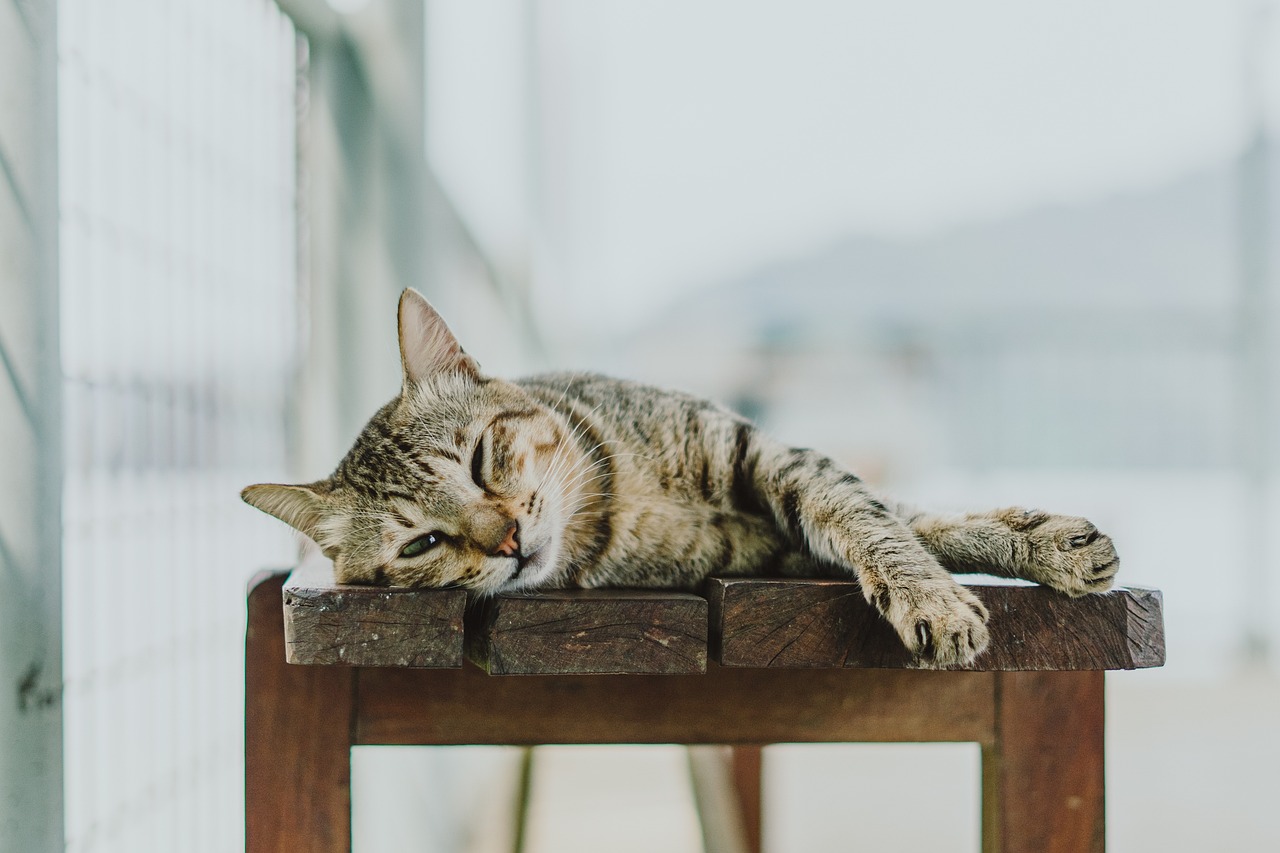Share This Article
Choosing the right diet for your cat is one of the most important decisions you can make for their health and well-being. With numerous options available, including wet and dry food, it can be overwhelming to determine what’s best for your feline friend. Each type of food has its advantages and drawbacks, and understanding these can help you make an informed choice that suits your cat’s needs. This ultimate guide will explore the benefits and considerations of both wet and dry cat food to help you find the perfect diet for your pet.
1. Understanding Wet Cat Food
A. What Is Wet Cat Food?
Wet cat food, often referred to as canned food, comes in various forms including pâtés, chunks in gravy, or shredded. It is typically sold in cans or pouches and has a high moisture content, usually between 70% to 80%.
B. Benefits of Wet Cat Food
- High Moisture Content: The high water content in wet food helps keep your cat hydrated. This is particularly beneficial for cats that don’t drink enough water, as it supports urinary tract health and can help prevent kidney disease.
- Palatability: Many cats find wet food more appealing due to its strong aroma and flavor. This can be especially useful for picky eaters or older cats with reduced appetites.
- Lower Caloric Density: Wet food generally has fewer calories per serving compared to dry food, which can help manage weight and prevent obesity.
C. Considerations for Wet Cat Food
- Storage and Convenience: Wet food requires refrigeration after opening and can be less convenient to store compared to dry food. It also needs to be served in portions that are typically consumed within a short time frame to prevent spoilage.
- Cost: Wet cat food is often more expensive than dry food, which can be a consideration for budget-conscious pet owners.
- Dental Health: Wet food does not provide the abrasive action needed to help clean teeth, potentially leading to dental issues over time.
2. Understanding Dry Cat Food
A. What Is Dry Cat Food?
Dry cat food, also known as kibble, is a convenient option that comes in various shapes, sizes, and formulations. It typically has a moisture content of around 10%, making it less hydrating compared to wet food.
B. Benefits of Dry Cat Food
- Convenience: Dry food is easy to store, measure, and serve. It does not require refrigeration and can be left out for free feeding if needed.
- Dental Health: The crunchy texture of kibble can help reduce plaque and tartar buildup, contributing to better dental health.
- Cost-Effective: Dry food is generally more affordable than wet food, making it a practical option for many pet owners.
C. Considerations for Dry Cat Food
- Lower Moisture Content: Dry food has a low moisture content, which means it doesn’t contribute to your cat’s water intake. Cats who eat only dry food may be more prone to urinary tract issues and kidney problems.
- Palatability: Some cats may not find dry food as appealing as wet food, particularly if they have reduced appetites or are finicky eaters.
- Weight Management: Dry food is more calorie-dense, which can contribute to weight gain if portion sizes are not monitored closely.
3. Combining Wet and Dry Food: A Balanced Approach
A. Benefits of a Mixed Diet
Combining wet and dry food can offer a balanced approach, providing the benefits of both types. This can help ensure your cat gets sufficient moisture in their diet while enjoying the convenience of dry food.
B. How to Mix Wet and Dry Food
- Portion Control: Measure portions carefully to avoid overfeeding. For instance, you can offer a small amount of dry food as a main meal and add a small portion of wet food for added moisture and flavor.
- Scheduled Feeding: Establish regular feeding times rather than free feeding to help manage your cat’s weight and ensure they get the right balance of nutrients.
C. Observing Your Cat’s Response
Monitor how your cat responds to a mixed diet. Look for signs of improved hydration, weight management, and overall health. Adjust the balance of wet and dry food based on their preferences and needs.
4. Choosing the Right Food for Your Cat
A. Read Labels Carefully
Regardless of the type of food you choose, it’s crucial to read labels and select high-quality products. Look for foods with named animal proteins (e.g., chicken, beef), balanced nutrition, and minimal fillers or artificial additives.
B. Consider Special Dietary Needs
- Age: Kittens, adults, and senior cats have different nutritional requirements. Choose foods formulated for their life stage.
- Health Conditions: Cats with specific health issues, such as diabetes, kidney disease, or allergies, may require special diets. Consult your veterinarian for recommendations.
C. Consult Your Veterinarian
Your vet can provide personalized advice based on your cat’s health, lifestyle, and dietary needs. Regular check-ups and discussions about diet can help ensure your cat’s nutritional requirements are met.
5. Transitioning Between Foods
A. Gradual Transition
If you decide to switch between wet and dry food or change brands, do so gradually. Mix the new food with the old food over a period of 7-10 days to prevent digestive upset and allow your cat to adjust to the new diet.
B. Monitor for Reactions
Observe your cat for any changes in appetite, digestion, or behavior during the transition. If you notice any adverse reactions, consult your veterinarian for guidance.
Conclusion
Choosing the best diet for your cat involves considering their individual needs, preferences, and health requirements. Both wet and dry cat food have their unique advantages and drawbacks, and finding the right balance can lead to a healthier, happier feline friend. Whether you opt for wet food, dry food, or a combination of both, prioritize high-quality ingredients and consult with your veterinarian to ensure your cat’s dietary needs are met.


